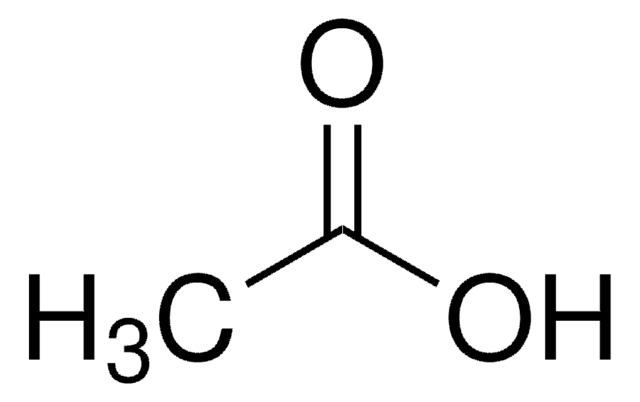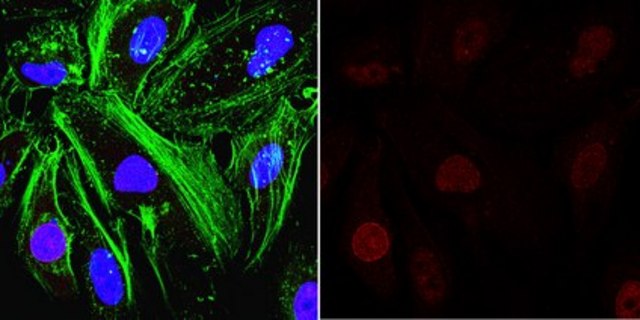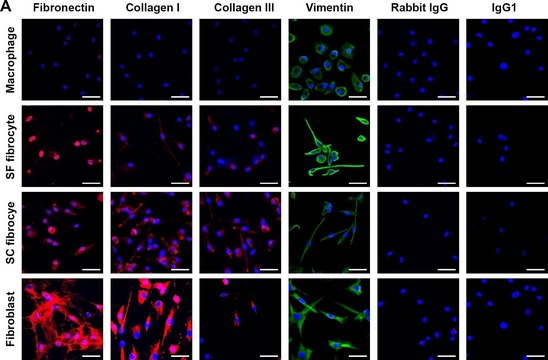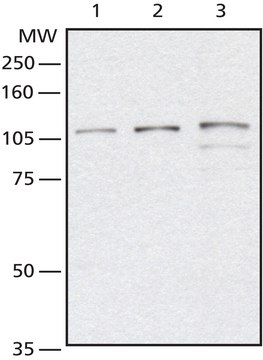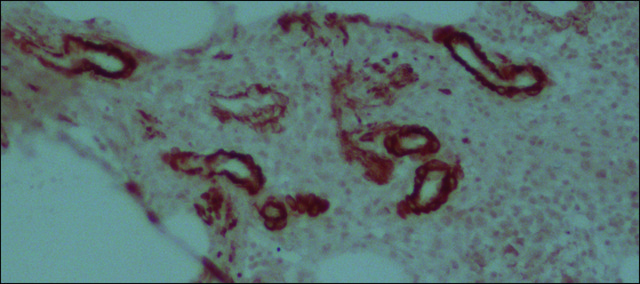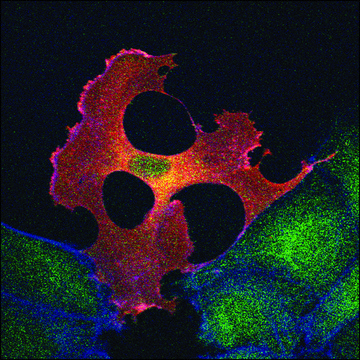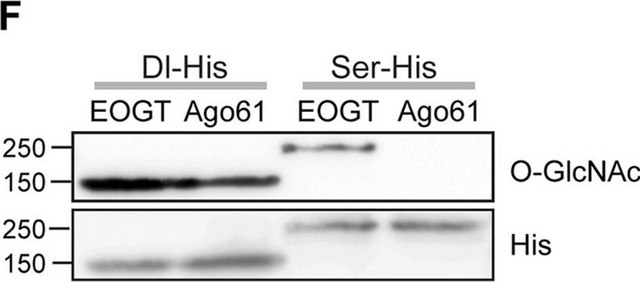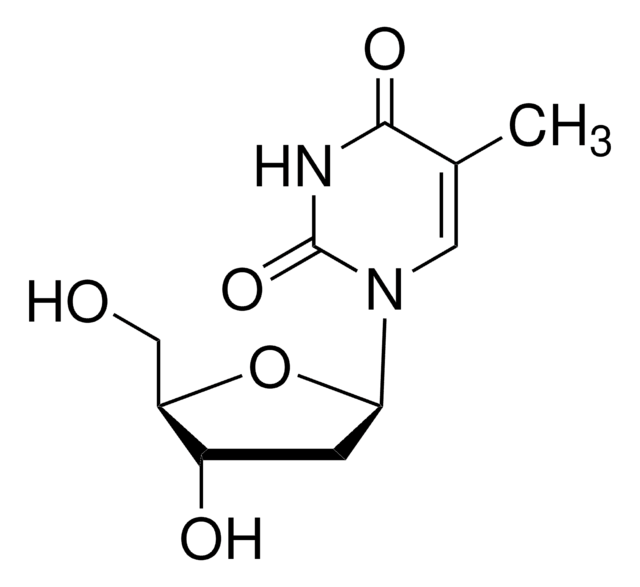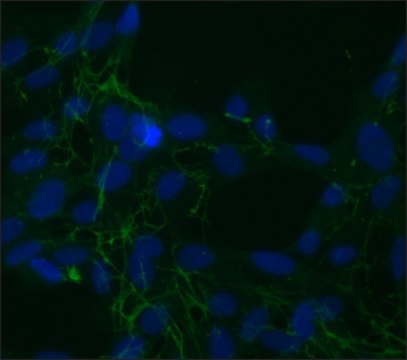SAB4200267
Anti-O-GlcNAcase (OGA) antibody produced in rabbit
~1.5 mg/mL, affinity isolated antibody
Synonym(s):
Anti-Beta-N-acetylhexosaminidase, Anti-Hexosaminidase C, Anti-MEA5, Anti-Meningioma expressed antigen 5 (hyaluronidase), Anti-N-acetyl-beta-D-glucosaminidase, Anti-N-acetyl-beta-glucosaminidase, Anti-NCOAT
About This Item
Recommended Products
biological source
rabbit
conjugate
unconjugated
antibody form
affinity isolated antibody
antibody product type
primary antibodies
clone
polyclonal
form
buffered aqueous solution
mol wt
antigen ~130 kDa
species reactivity
human, mouse, canine
concentration
~1.5 mg/mL
technique(s)
indirect immunofluorescence: 5-10 μg/mL using A431 cells
western blot: 1.5-3.0 μg/mL using MDCK and mouse kidney extracts.
UniProt accession no.
shipped in
dry ice
storage temp.
−20°C
Gene Information
human ... MGEA5(10724)
mouse ... Mgea5(76055)
rat ... Mgea5(154968)
Immunogen
Physical form
Disclaimer
Not finding the right product?
Try our Product Selector Tool.
Storage Class Code
12 - Non Combustible Liquids
Flash Point(F)
Not applicable
Flash Point(C)
Not applicable
Regulatory Information
Choose from one of the most recent versions:
Already Own This Product?
Find documentation for the products that you have recently purchased in the Document Library.
Which document(s) contains shelf-life or expiration date information for a given product?
If available for a given product, the recommended re-test date or the expiration date can be found on the Certificate of Analysis.
How do I get lot-specific information or a Certificate of Analysis?
The lot specific COA document can be found by entering the lot number above under the "Documents" section.
How do I find price and availability?
There are several ways to find pricing and availability for our products. Once you log onto our website, you will find the price and availability displayed on the product detail page. You can contact any of our Customer Sales and Service offices to receive a quote. USA customers: 1-800-325-3010 or view local office numbers.
What is the Department of Transportation shipping information for this product?
Transportation information can be found in Section 14 of the product's (M)SDS.To access the shipping information for this material, use the link on the product detail page for the product.
What is the immunogen sequence used to develop antibody SAB4200267, Anti-O-GlcNAcase (OGA) antibody produced in rabbit?
The immunogen sequence used to develop antibody SAB4200267, Anti-O-GlcNAcase (OGA) antibody produced in rabbit, is: TYLYAPKDDYKHRMFWRE.
My question is not addressed here, how can I contact Technical Service for assistance?
Ask a Scientist here.
Our team of scientists has experience in all areas of research including Life Science, Material Science, Chemical Synthesis, Chromatography, Analytical and many others.
Contact Technical Service